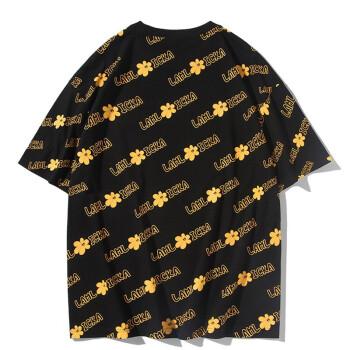Choosing non-toxic, environmentally friendly women’s clothing fabrics is crucial to protecting the environment and human health. Here are some guidelines and knowledge for choosing non-toxic, environmentally friendly fabrics:
1. Organic cotton: Organic cotton is cotton grown without chemical pesticides and fertilizers , it is not only skin-friendly, but also environmentally friendly. Organic cotton fabrics are typically soft, breathable, and contain no harmful substances.
2. Natural fibers: Natural fabrics such as linen, silk and hemp usually do not undergo excessive chemical treatment, so they are more environmentally friendly. These fabrics are produced with a lower environmental impact and are gentle on the skin when worn.
3. Recyclable fabrics: Some fabrics can be recycled and reused to reduce the impact on the environment. For example, recycled polyester fiber is recycled and processed from discarded plastic bottles, which can effectively reduce the generation of plastic waste.
4. Water-based dyes: Dyes used in the traditional fabric dyeing process often contain harmful chemicals, posing potential risks to the environment and human health. Choosing fabrics dyed with water-based dyes can reduce the emission of harmful substances and be more environmentally friendly.
5. Check labels: When purchasing clothes, you can check the labels or product introductions on the clothes to learn about the composition of the fabric and whether it has been environmentally certified. Some credible environmental certification marks include the “Oeko-Tex” mark and the “GOTS” (Global Organic Textile Standard) certification.
6. Sustainable fibers: In recent years, some new fibers such as bamboo fiber, seaweed fiber and luxury natural fibers such as reed fiber are also widely used in textiles Production, these fibers have better environmental performance and sustainability.
In addition to the above guidelines, you can avoid overconsumption of fashionable fast food by purchasing small but high-quality clothing, choosing classic styles and durable fabrics, thereby reducing pressure on the environment.
It should be noted that even if you choose women’s clothing made of environmentally friendly fabrics, you must properly dispose of the discarded clothing, such as through donation, recycling or secondary use. , minimize the impact on the environment.







